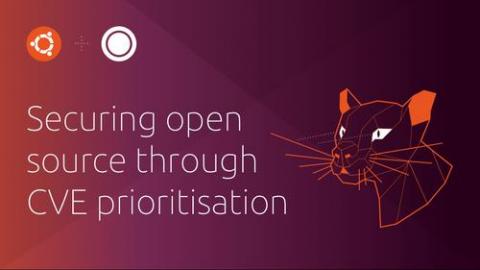Automating our Vanilla releases with GitHub actions
The Vanilla framework has a history of being released very infrequently. Sometimes it has been months between releases, which made the upgrade process often hard and time-consuming. One of the reasons for that was a manual and a quite time-consuming release process. Over several weeks earlier this year, we’ve been working on various improvements that helped us release more frequently and reliably.










